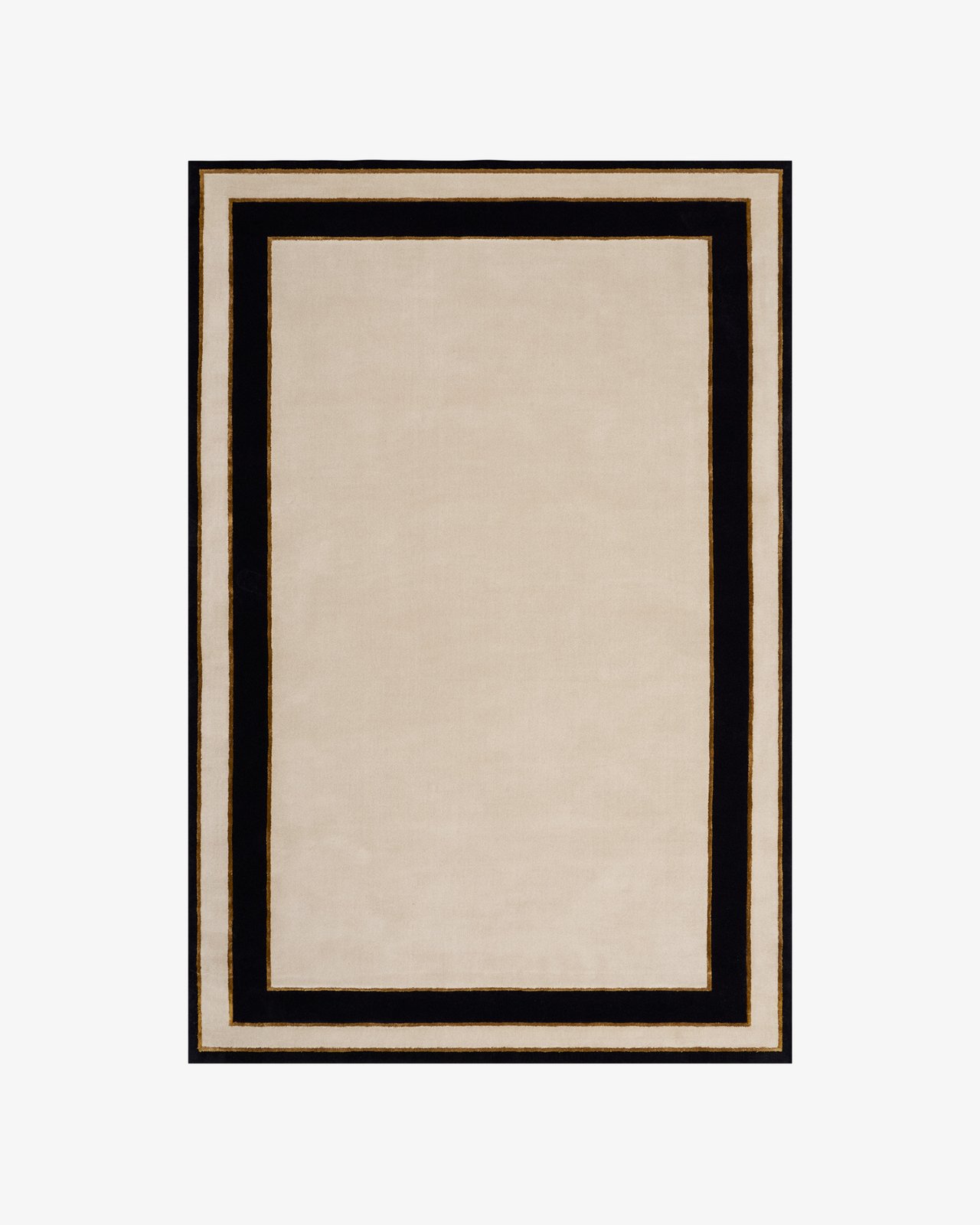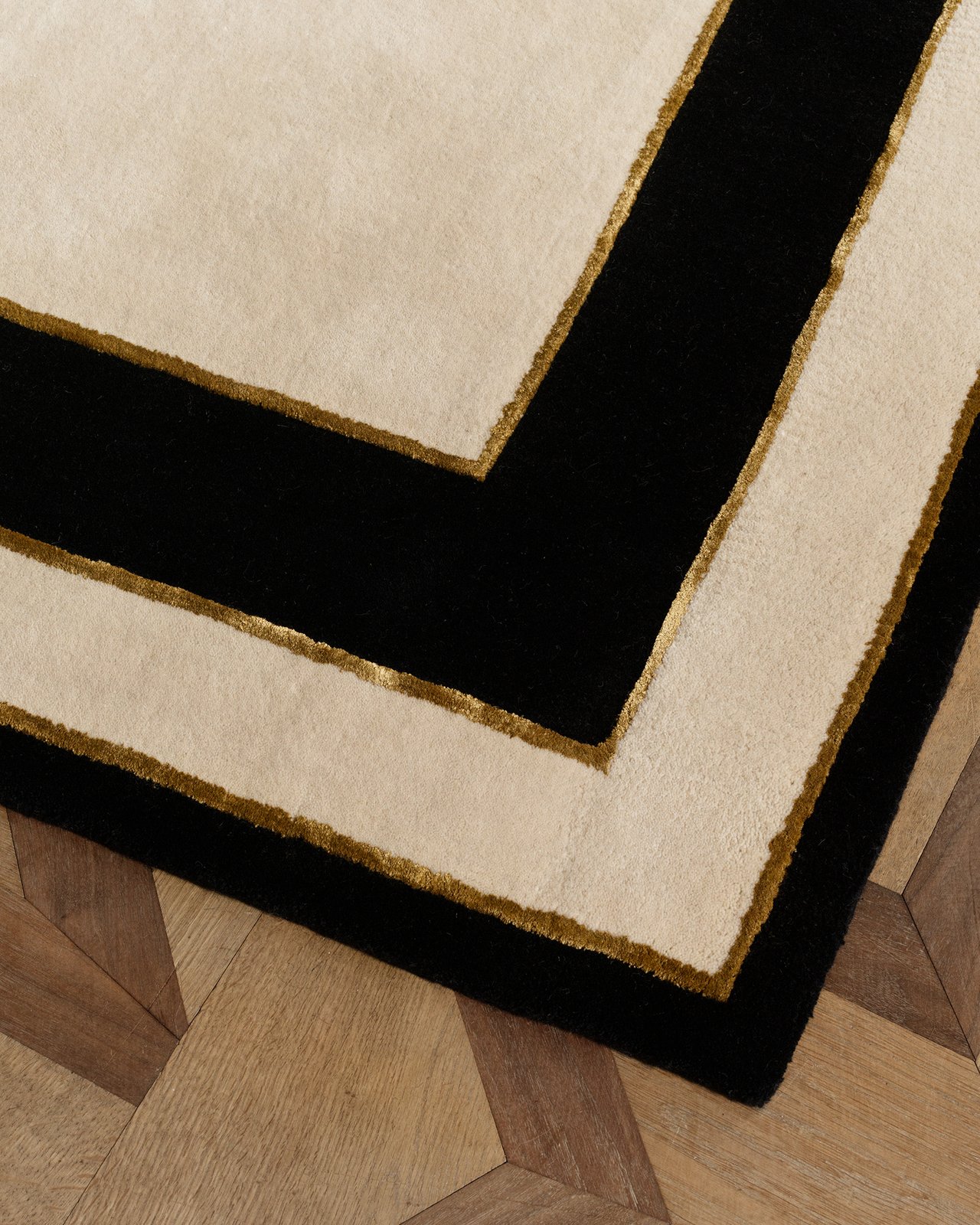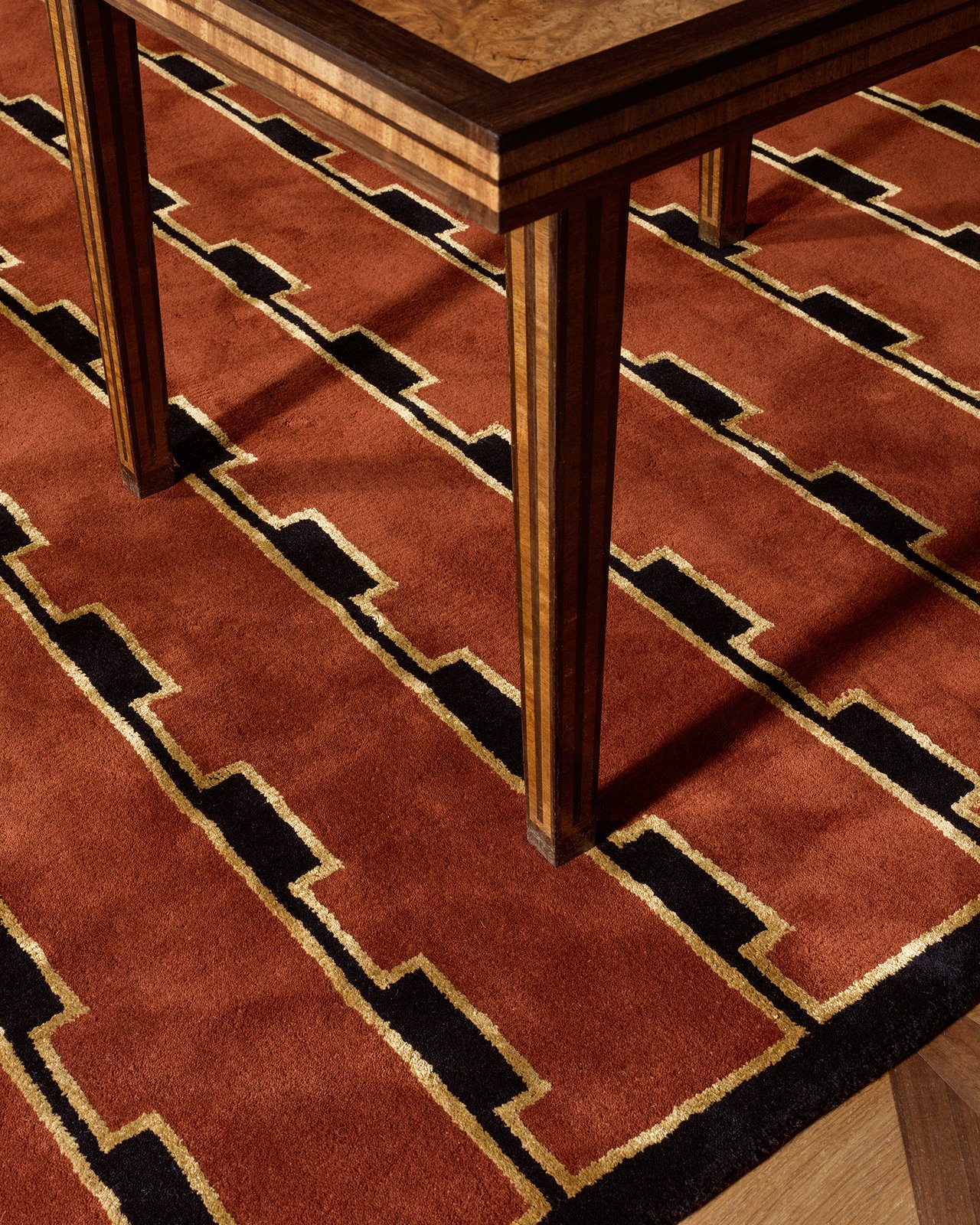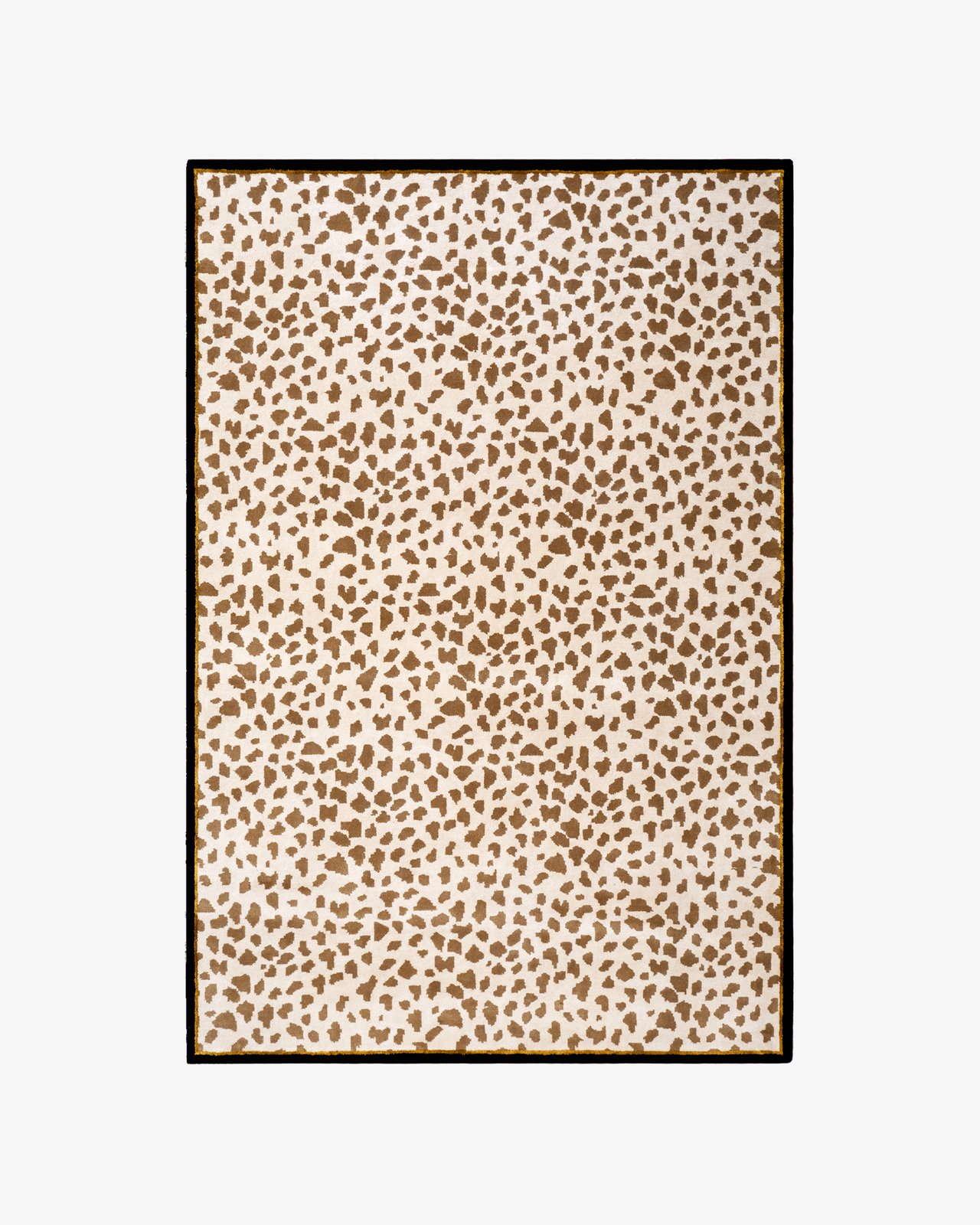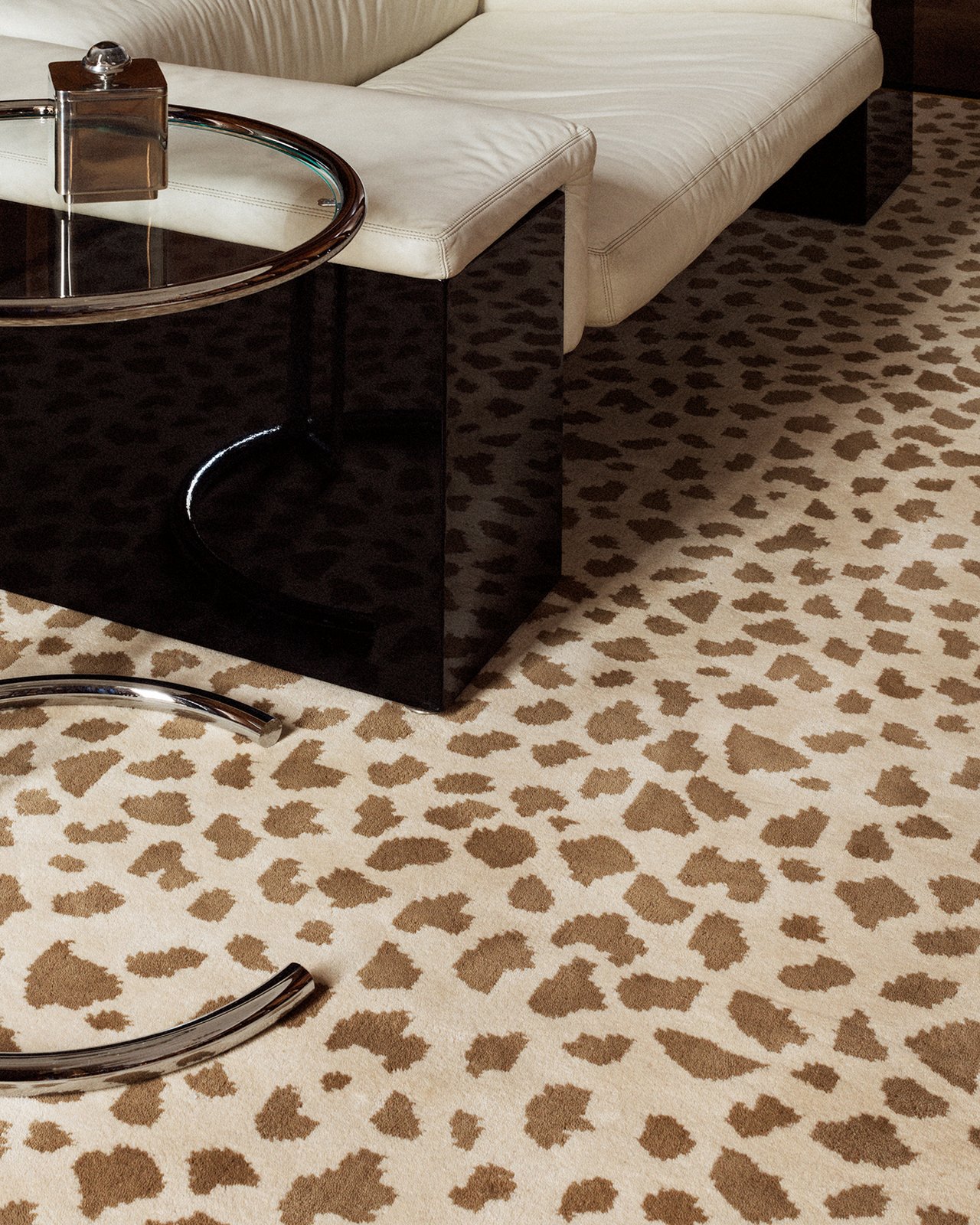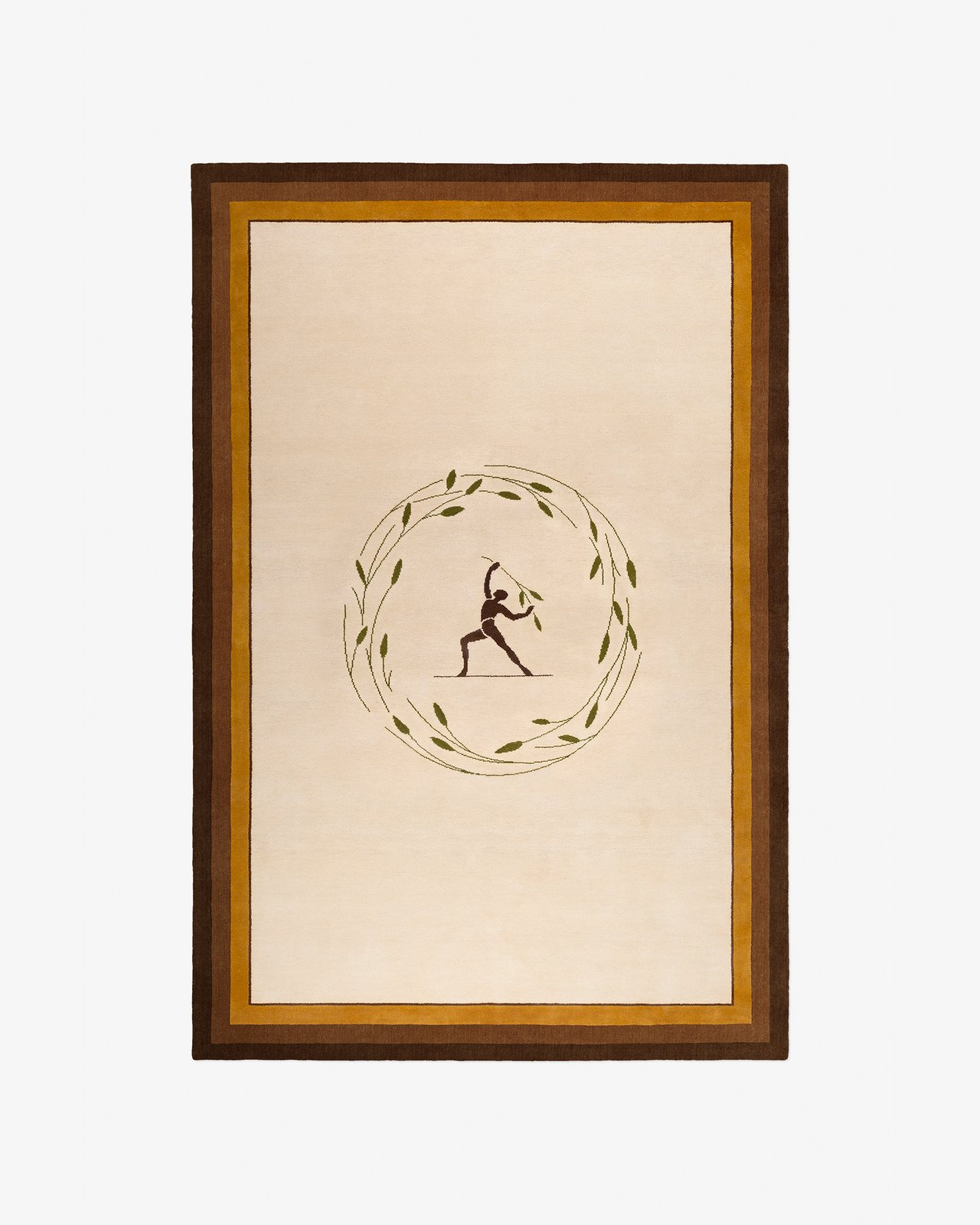A GILDED ERA
Inspired by the Swedish Grace movement — the early 20th-century design era, often considered the Nordic branch to Art Deco style — the three hand knotted rugs encapsulate a deep sense of elegance with designs and patterns reimagined for today.
Gild 02 – Leopard, Tändstickspalatset, Stockholm, Sweden.
Gild 02 – Red, Tändstickspalatset, Stockholm, Sweden.
Gild 02 – Red, Tändstickspalatset, Stockholm, Sweden.
Gild 02 – Leopard, Tändstickspalatset, Stockholm, Sweden.
Tändstickspalatset, Stockholm, Sweden.
Gild 02 – Red, Tändstickspalatset, Stockholm, Sweden.
Tändstickspalatset, Stockholm, Sweden.
Gild 01 – Frame, Tändstickspalatset, Stockholm, Sweden.
The collection was captured at Stockholm’s Tändstickspalatset (The Matchstick Palace). Built in the 1920s for the pioneering Swedish engineer and industrialist Ivan Krüger, the palace is a masterpiece of Swedish Grace architecture and design. Krüger enlisted architect Ivar Tengbom, along with renowned artists and designers of the time, such as Carl Milles, Carl Malmsten and Isaac Grünewald to bring his vision to life.
Enter the doors of The Matchstick Palace to find a place that speaks to the quiet grandeur of the era. Each of the rugs bears the hallmarks of the 1920s Gilded age, incorporating a nod to neoclassical geometric motifs all underpinned by a refined, warm color palette.
THE COLLECTOR'S HOME
From palaces to Manhattan apartments, Gild exudes timeless elegance. The collection was captured in the New York home of gallerist and collector Dobrinka Salzman. Specializing in French, American and Scandinavian Masters, Salzman’s curated collection of iconic mid-century modern pieces from Jean Prouvé and Hans Wegner chairs to Charlotte Perriand dining tables creates a world of beautiful refinement.
GRACEFUL FOUNDATIONS
Swedish Grace is a 1920s design style blending neoclassicism and simplicity. Known for its clean lines and restrained decoration focusing on craftsmanship and functional beauty. Influenced by classical antiquity and Scandinavian folk art, it paved the way for modern Scandinavian design, emphasizing elegance and harmony.
INSPIRED BY GRACE
INSPIRED BY GRACE
At the heart of our collaboration with interior architect Fabrizio Casiraghi is the essence of Swedish Grace design. A collection which embodies a refined artistic sensibility, grounded by the core principles of color, light, and space.
Photographed at Norrviken Gardens, designed by the horticulturist Carl Rudolf Abelin in the early 1900s.
